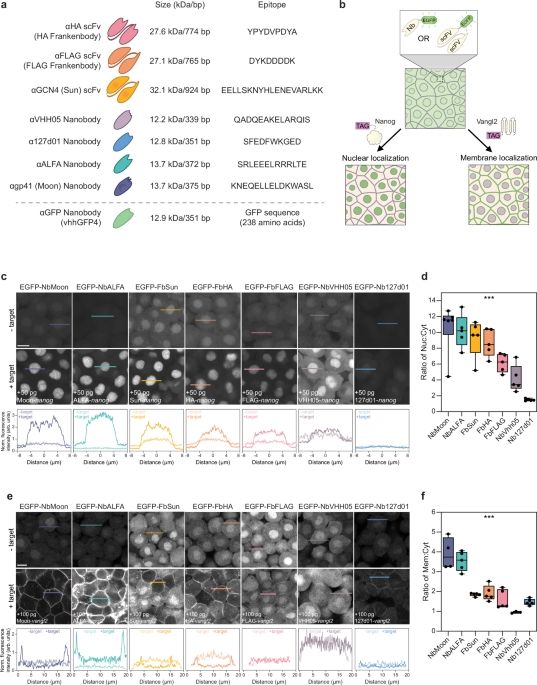🇺🇸Cell nucleus biologist in the virtual exile.
🔬Transcription factors, genome structure, nuclear architecture, biomolecular condensates.
🗣️Views are my own.
1) This work has been made as part of my postdoc at the Tom Misteli's lab at NCI/NIH. Here we introduce OptoLoop, an optogenetic tool to interrogate the not fully understood relationship between 3D genome organization and gene regulation.
1) This work has been made as part of my postdoc at the Tom Misteli's lab at NCI/NIH. Here we introduce OptoLoop, an optogenetic tool to interrogate the not fully understood relationship between 3D genome organization and gene regulation.
1) This work has been made as part of my postdoc at the Tom Misteli's lab at NCI/NIH. Here we introduce OptoLoop, an optogenetic tool to interrogate the not fully understood relationship between 3D genome organization and gene regulation.
Citrone has a longstanding personal and professional relationship with Bessent.

Citrone has a longstanding personal and professional relationship with Bessent.
Kuffer & Marzilli engineered conditionally stable MS2 & PP7 coat proteins (dMCP & dPCP) that degrade unless bound to RNA, enabling ultra–low-background, single-mRNA imaging in live cells.
🔗 www.nature.com/articles/s41...
🧬 www.addgene.org/John_Ngo/
Kuffer & Marzilli engineered conditionally stable MS2 & PP7 coat proteins (dMCP & dPCP) that degrade unless bound to RNA, enabling ultra–low-background, single-mRNA imaging in live cells.
🔗 www.nature.com/articles/s41...
🧬 www.addgene.org/John_Ngo/
Published in *Nature Chemistry*
Led by Ellen Parkes
@syncelleu.bsky.social #chemsky
www.nature.com/articles/s41...

Published in *Nature Chemistry*
Led by Ellen Parkes
@syncelleu.bsky.social #chemsky
www.nature.com/articles/s41...
www.biorxiv.org/content/10.1...

www.biorxiv.org/content/10.1...
@cnrs.fr @cnrsbiologie.bsky.social
Congrats to all!
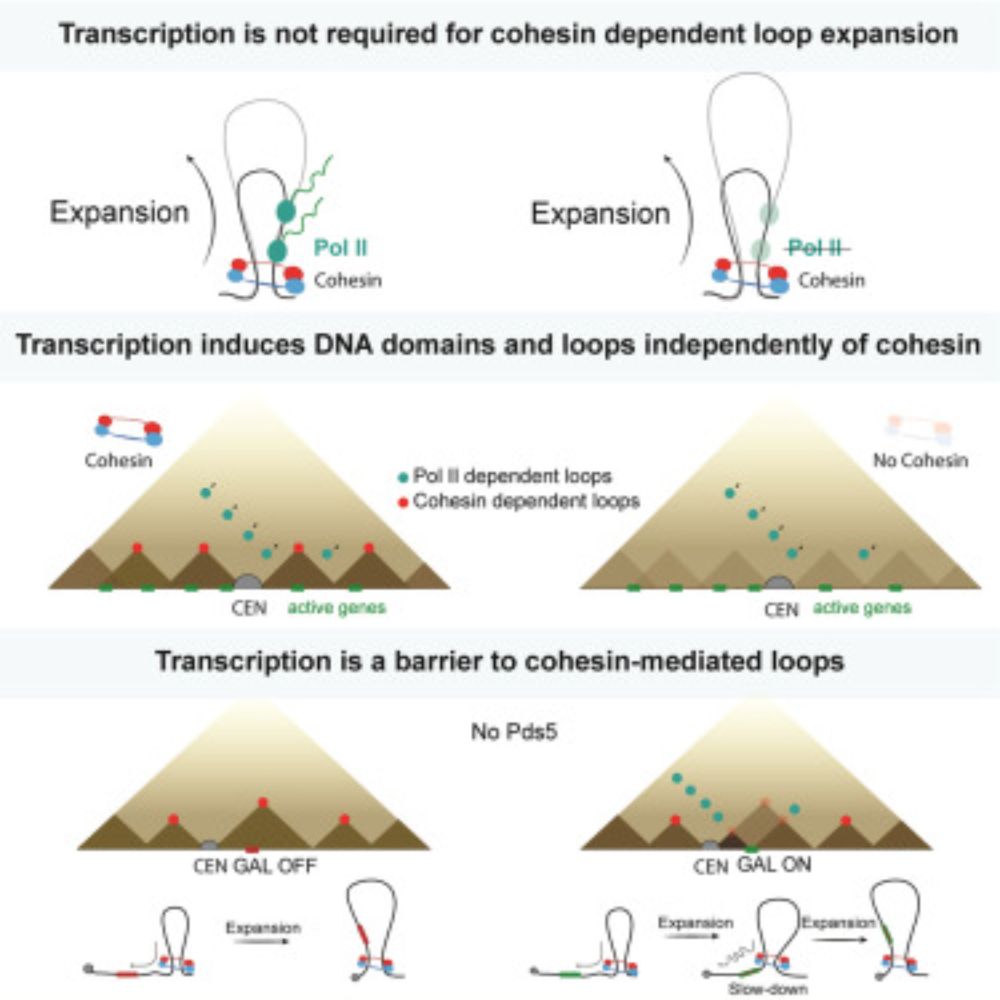
@cnrs.fr @cnrsbiologie.bsky.social
Congrats to all!

Check the thread in this former post:
www.cell.com/molecular-ce...
Check the thread in this former post:
www.cell.com/molecular-ce...
www.nature.com/articles/s41...
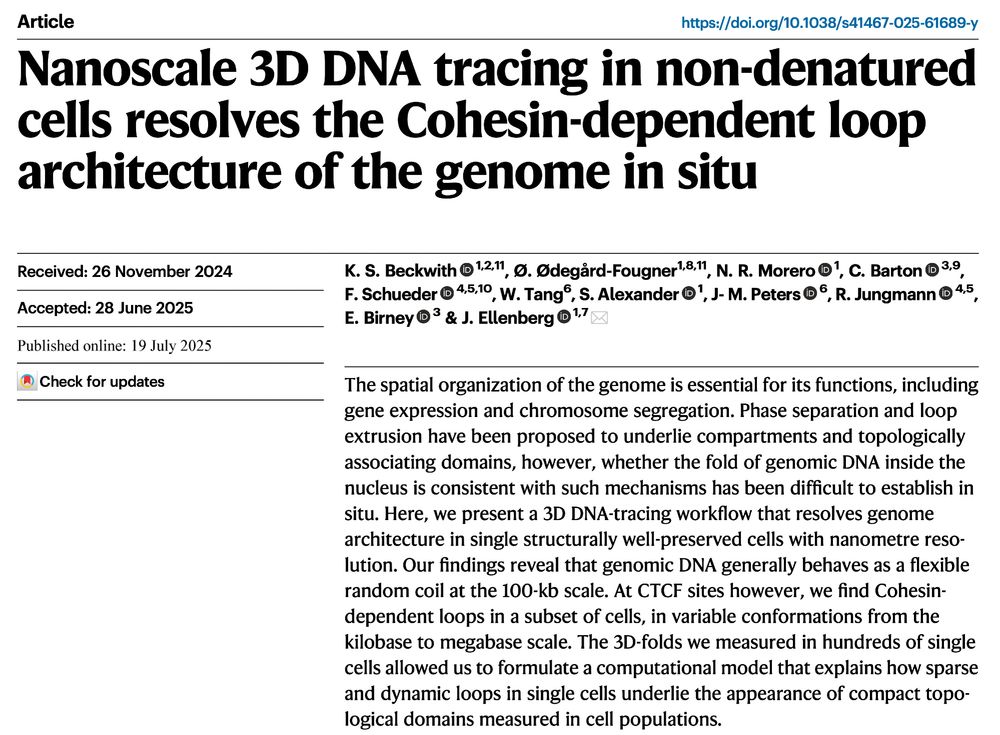
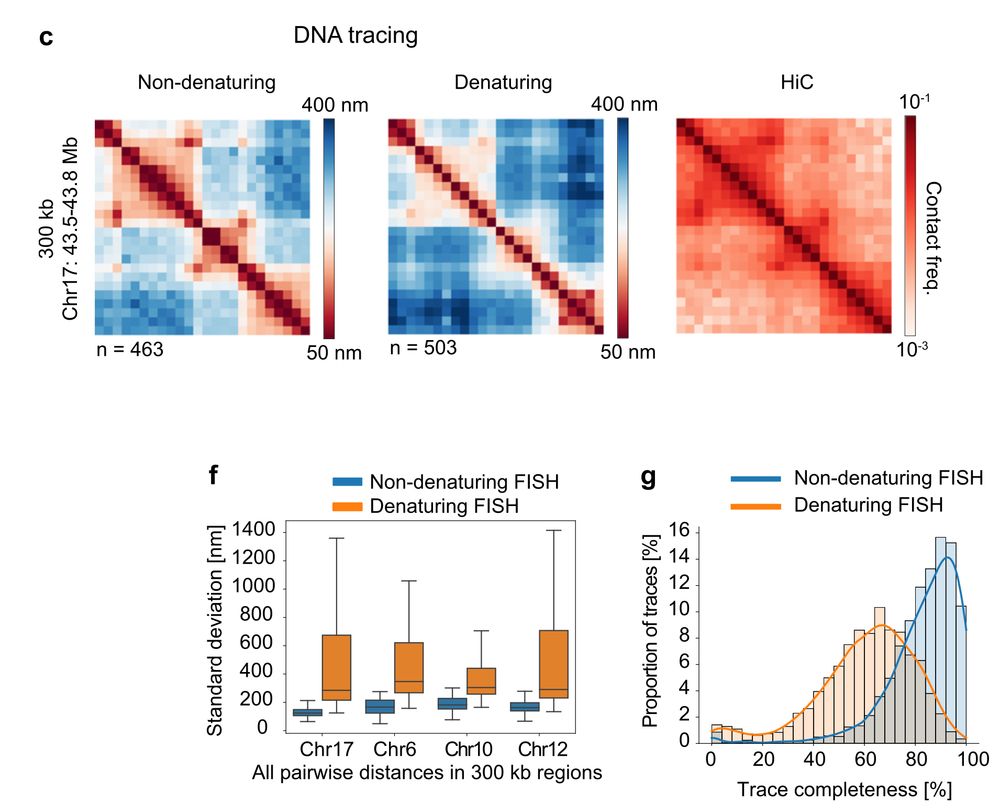
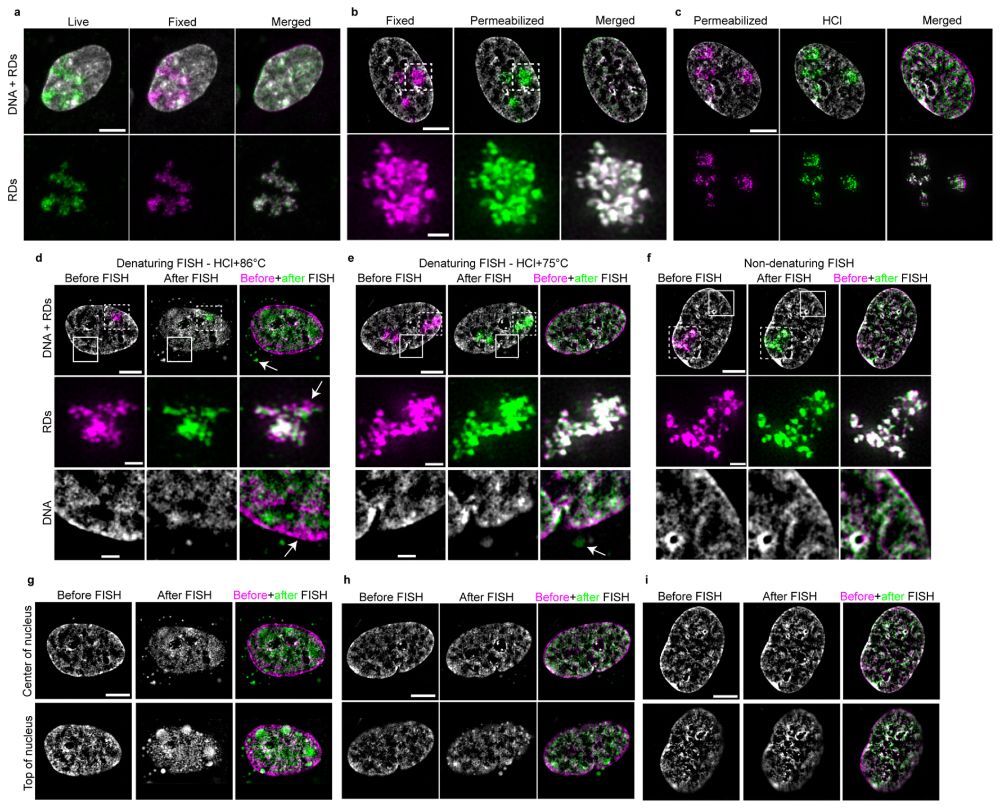
www.nature.com/articles/s41...
www.science.org/doi/10.1126/...
www.science.org/doi/10.1126/...
www.statnews.com/2025/07/17/n...

www.science.org/doi/10.1126/...
www.science.org/doi/10.1126/...
www.statnews.com/2025/07/17/n...
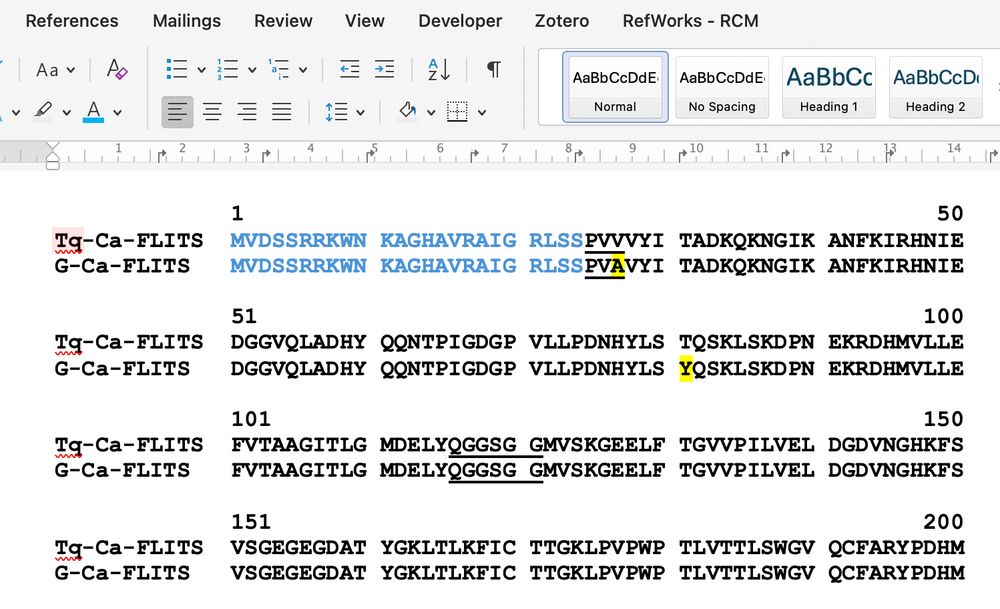
BRD4-NUT forms liquid-like condensates that locally constrain nucleosomes via BRD4-mediated crosslinking— physical control of #chromatin by #LLPS transcription condensates. @semeigazin.bsky.social @katsuminami.bsky.social @masaashimazoe.bsky.social
BRD4-NUT forms liquid-like condensates that locally constrain nucleosomes via BRD4-mediated crosslinking— physical control of #chromatin by #LLPS transcription condensates. @semeigazin.bsky.social @katsuminami.bsky.social @masaashimazoe.bsky.social
#spatialbiology #imagingtools #fluorescencemicroscopy
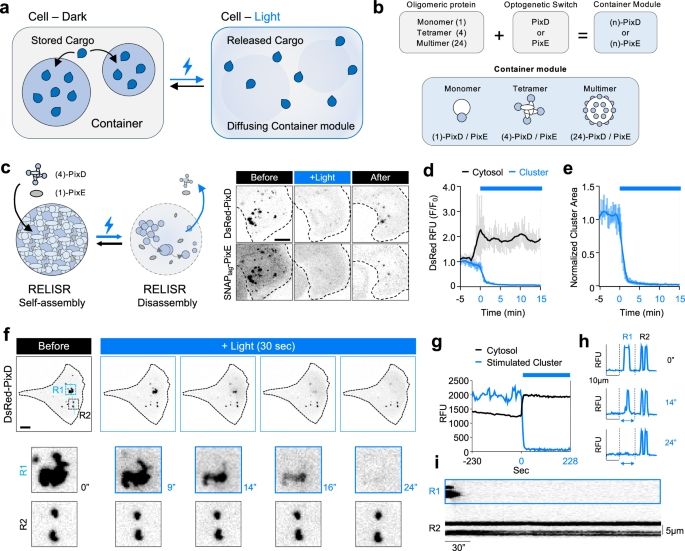
#spatialbiology #imagingtools #fluorescencemicroscopy
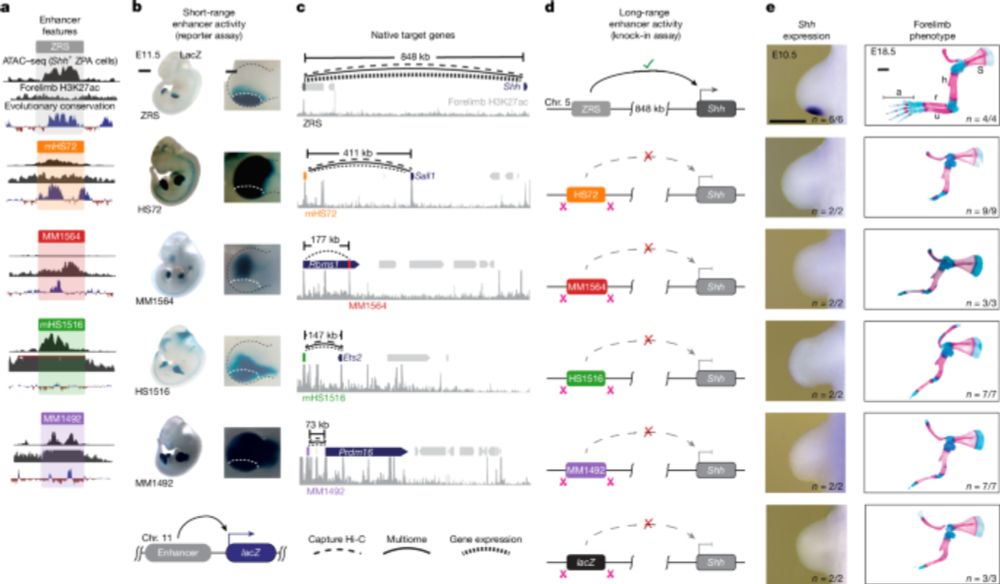

www.bbc.com/news/article...


rdcu.be/eq975
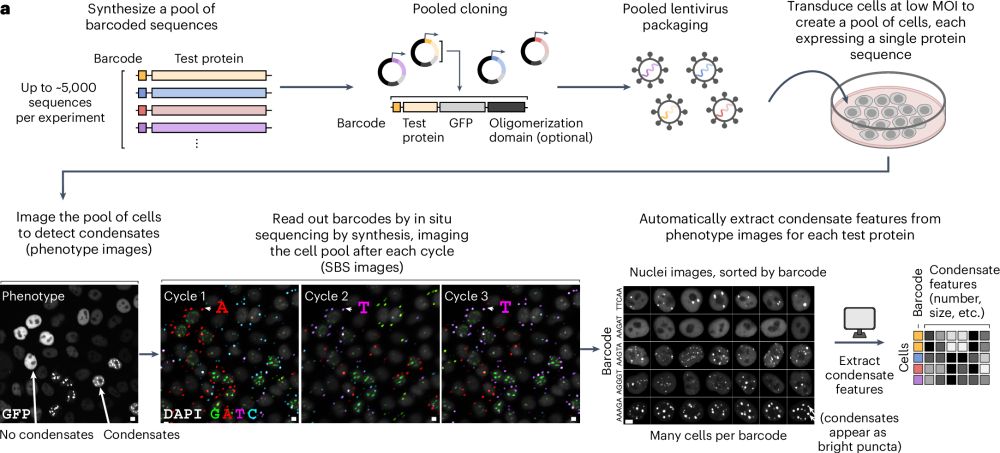
rdcu.be/eq975
We investigated whether mechanical interactions between a condensate and a fiber network can explain the variety of morphologies seen in phase-separated nuclear compartments
www.biorxiv.org/content/10.1...
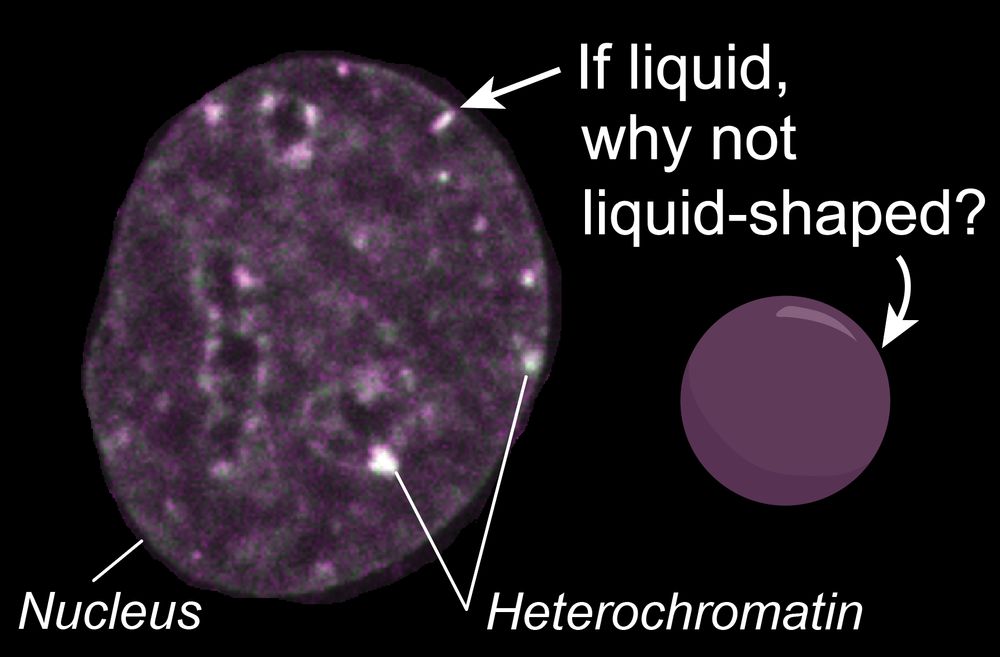
We investigated whether mechanical interactions between a condensate and a fiber network can explain the variety of morphologies seen in phase-separated nuclear compartments
www.biorxiv.org/content/10.1...
What is going on, and why researcher will - as always - fall for it?
A 🧵
the-strain-on-scientific-publishing.github.io/website/post...
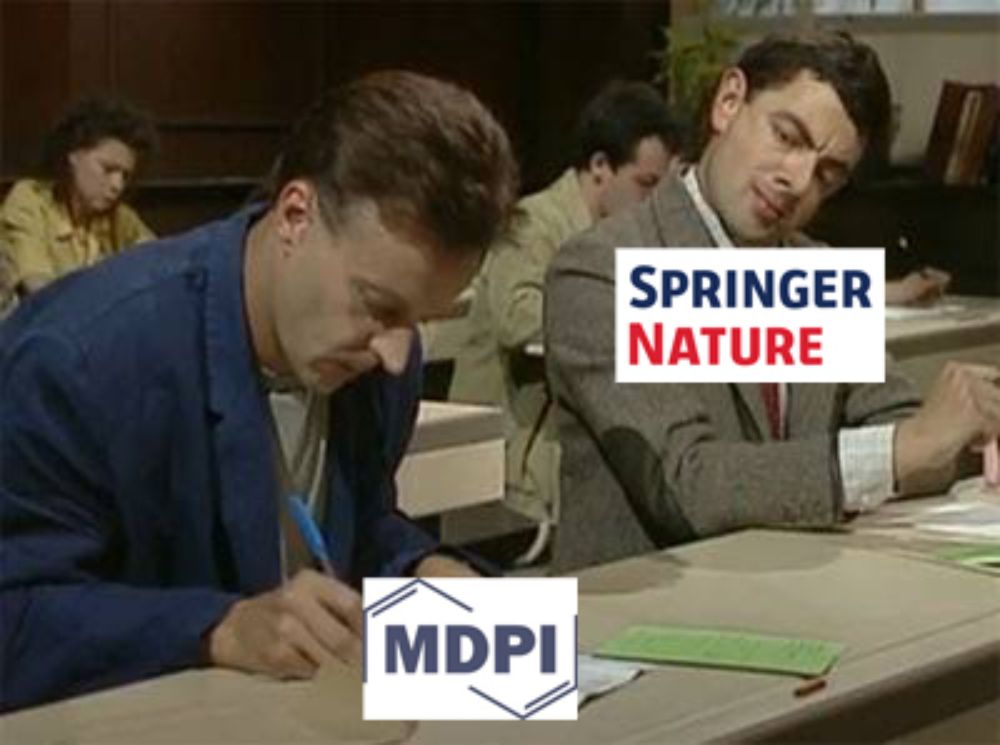
What is going on, and why researcher will - as always - fall for it?
A 🧵
the-strain-on-scientific-publishing.github.io/website/post...



